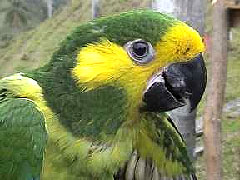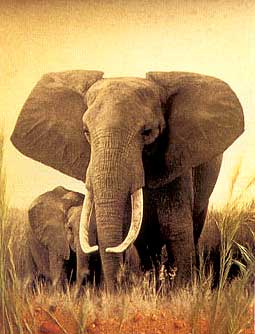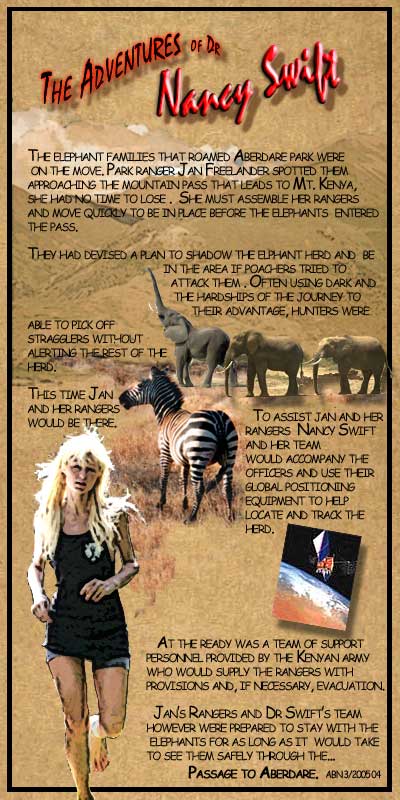eBay - name the orphan otter

March 25, 2005 Clearwater, Florida - There were smiles all around when Marsha Posey came to the Clearwater Marine Aquarium (CMA) to meet her newly named otter, "Mosh." Marsha and her companion, Ed Droste, owner of the Hooters Restaurant chain, bid for and won the honor of naming the otter at CMA's recent fund raiser, Art for the Animals. Marsha selected the name Mosh because it was her nickname as a child and she thought it would be cute for a baby otter.
Mosh came to CMA on March 3rd after being found abandoned and alone in St. Petersburg. The fate of his mother is unknown. Humane officers from the SPCA picked up the baby otter, estimated to be 2 1/2 months old, and brought him to CMA, the rescue and rehabilitation facility for sick and injured marine animals in Clearwater.
Three other recently rescued otters are also receiving care at the Aquarium. The otter pups are fed six times a day by animal care staff; their current diet consists of a milk-based nutritional formula, chopped fish, kitten food, and scrambled eggs.
Naming rights for another recently rescued otter pup, who was found at a gas station and brought to CMA on March 13, are now available by auction on eBay. If you would like to name this orphaned otter and help fund its care, log on to eBay, search by seller, Heavymetalsales to bid. Or, you can call Bev Kablinger at 727-638-6032 for more details. Your naming rights donation will be used to support the otter's food and medical care needs. You will also be entitled to a personal visit with the baby otter!





















